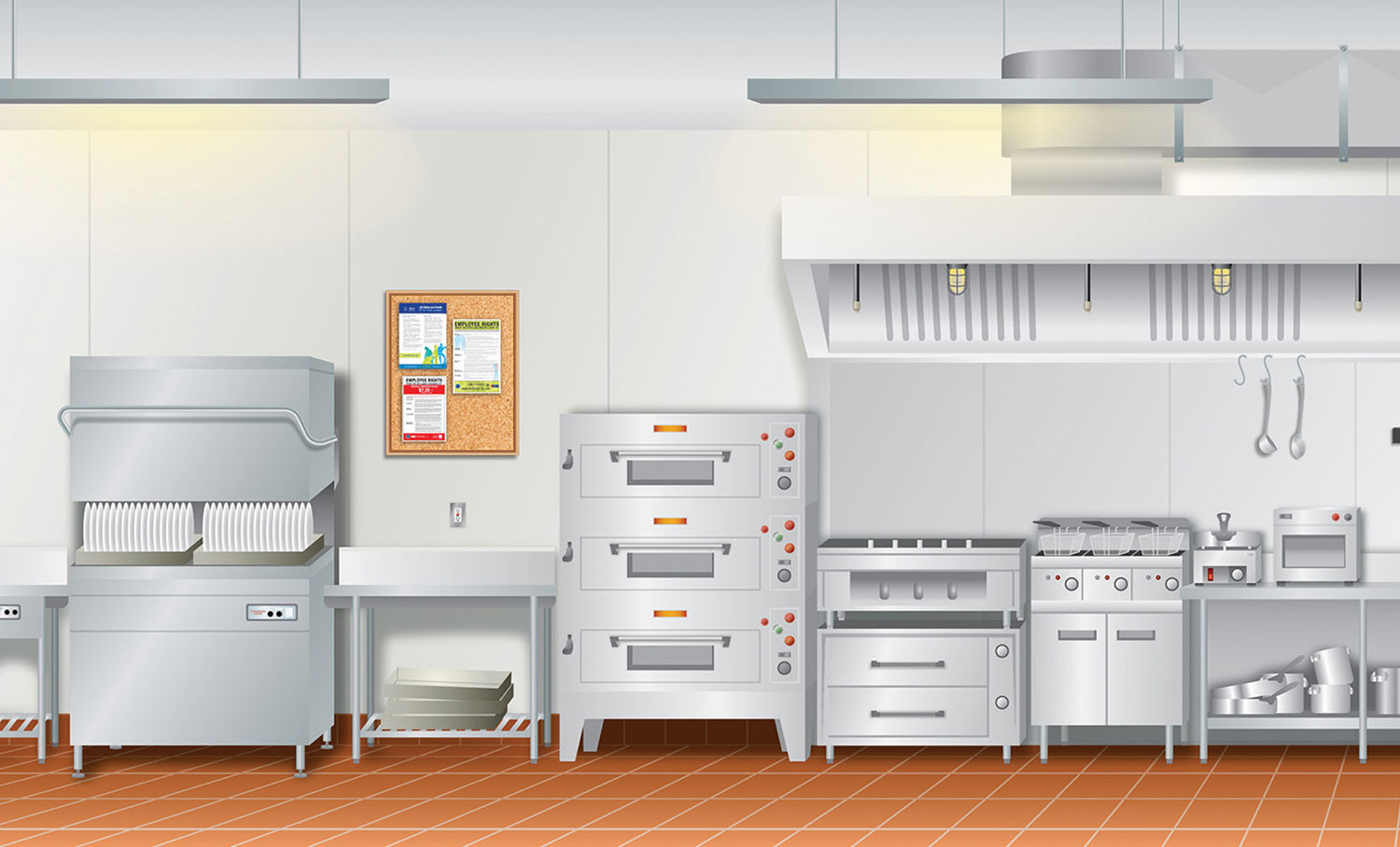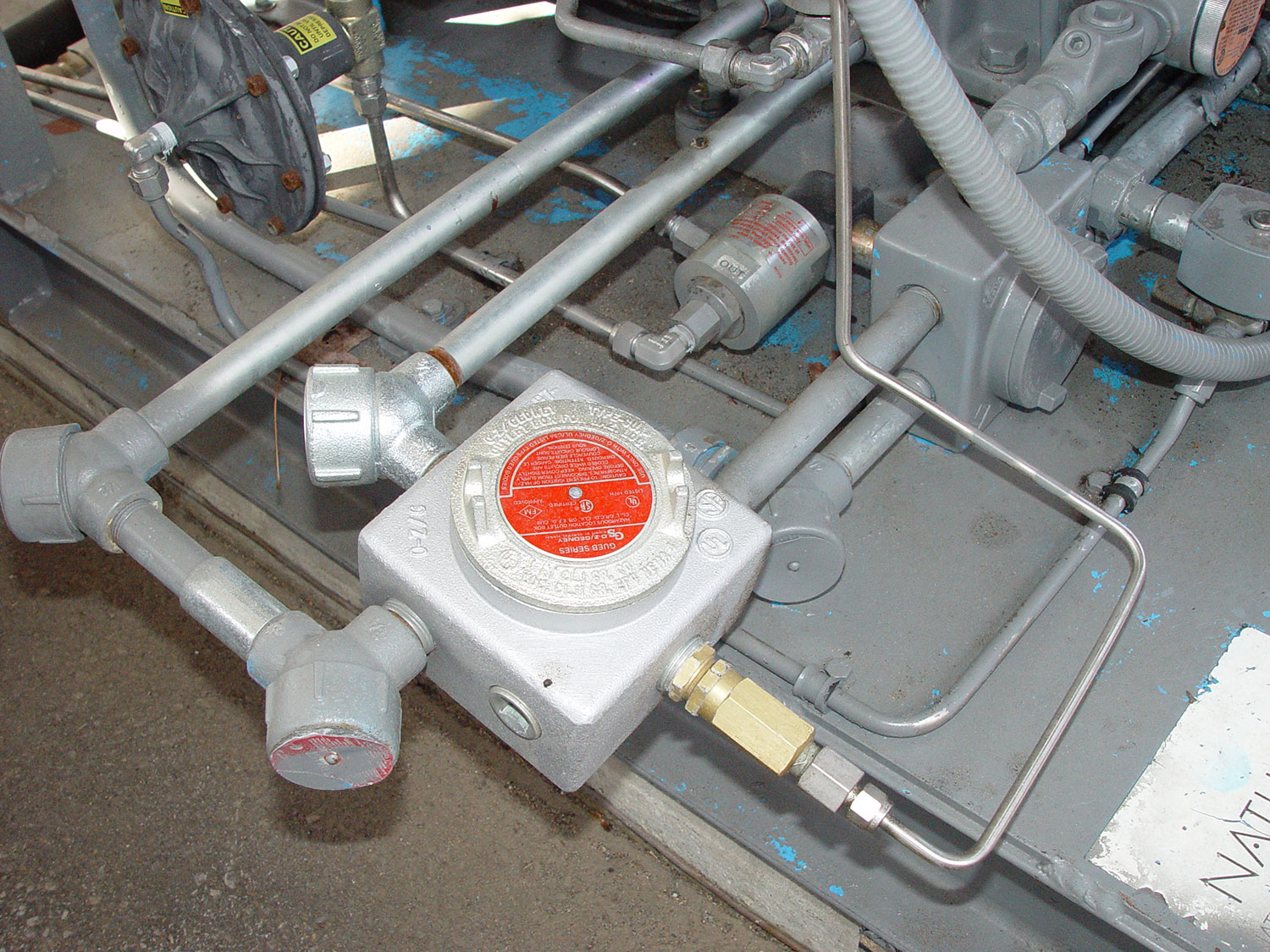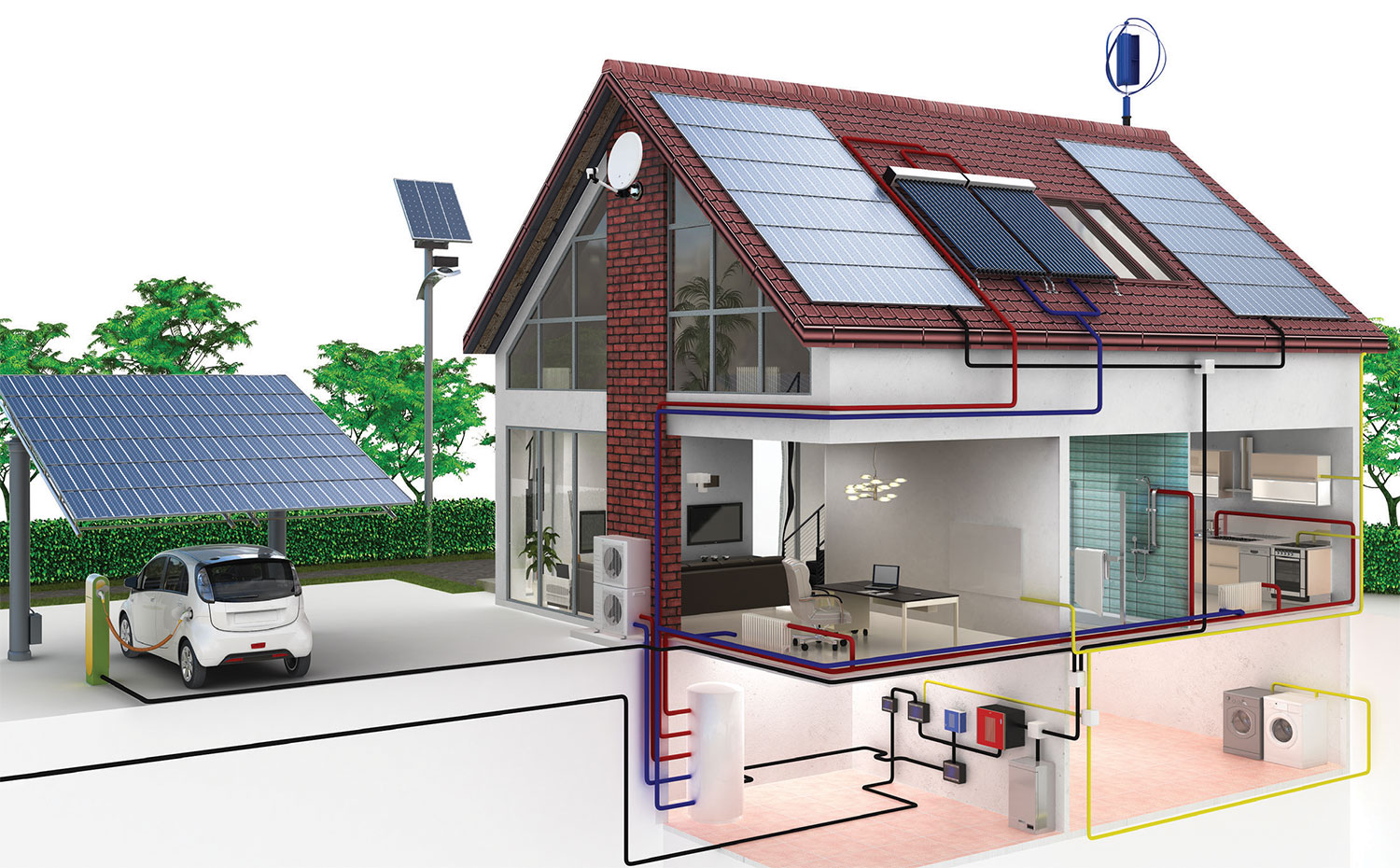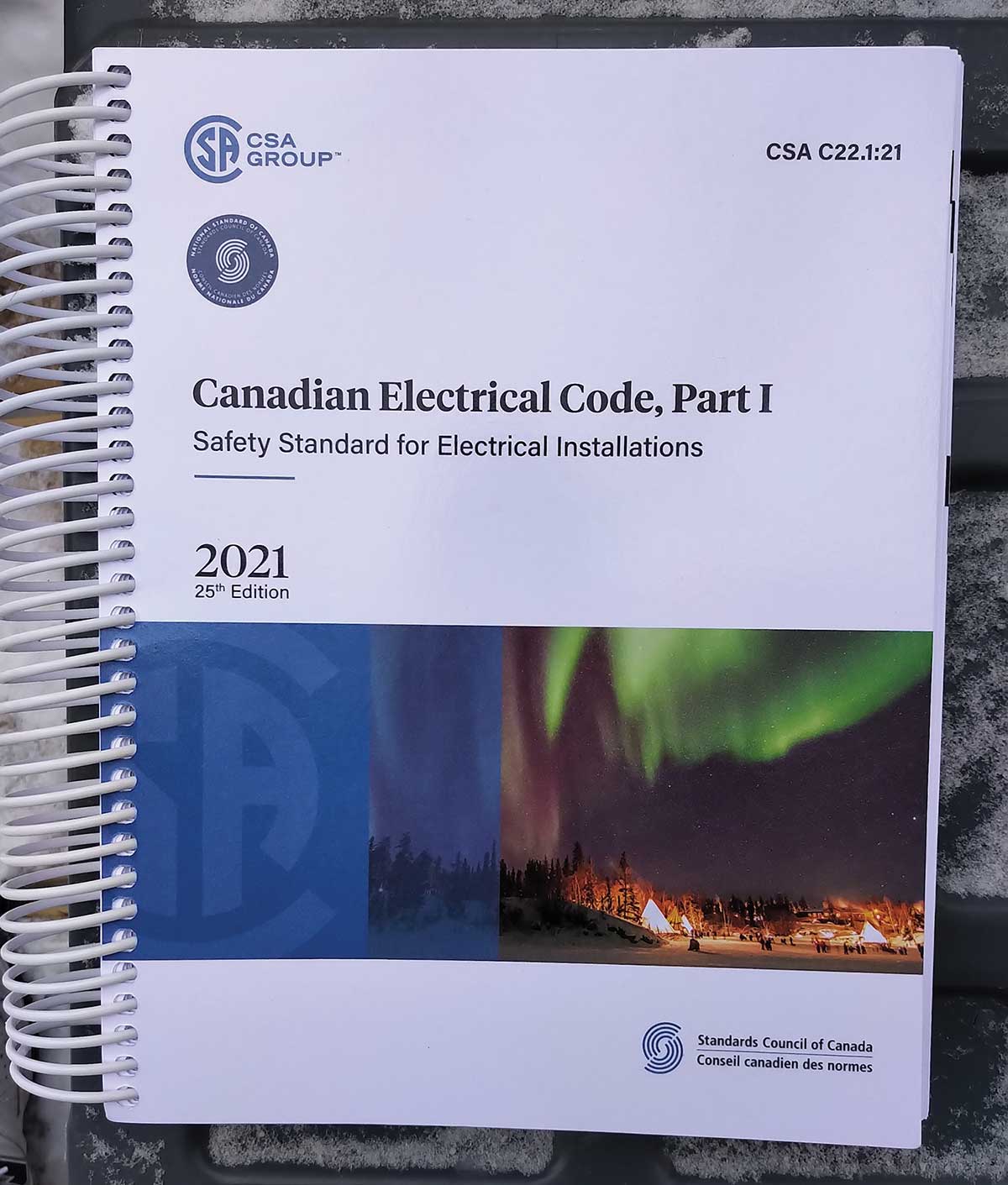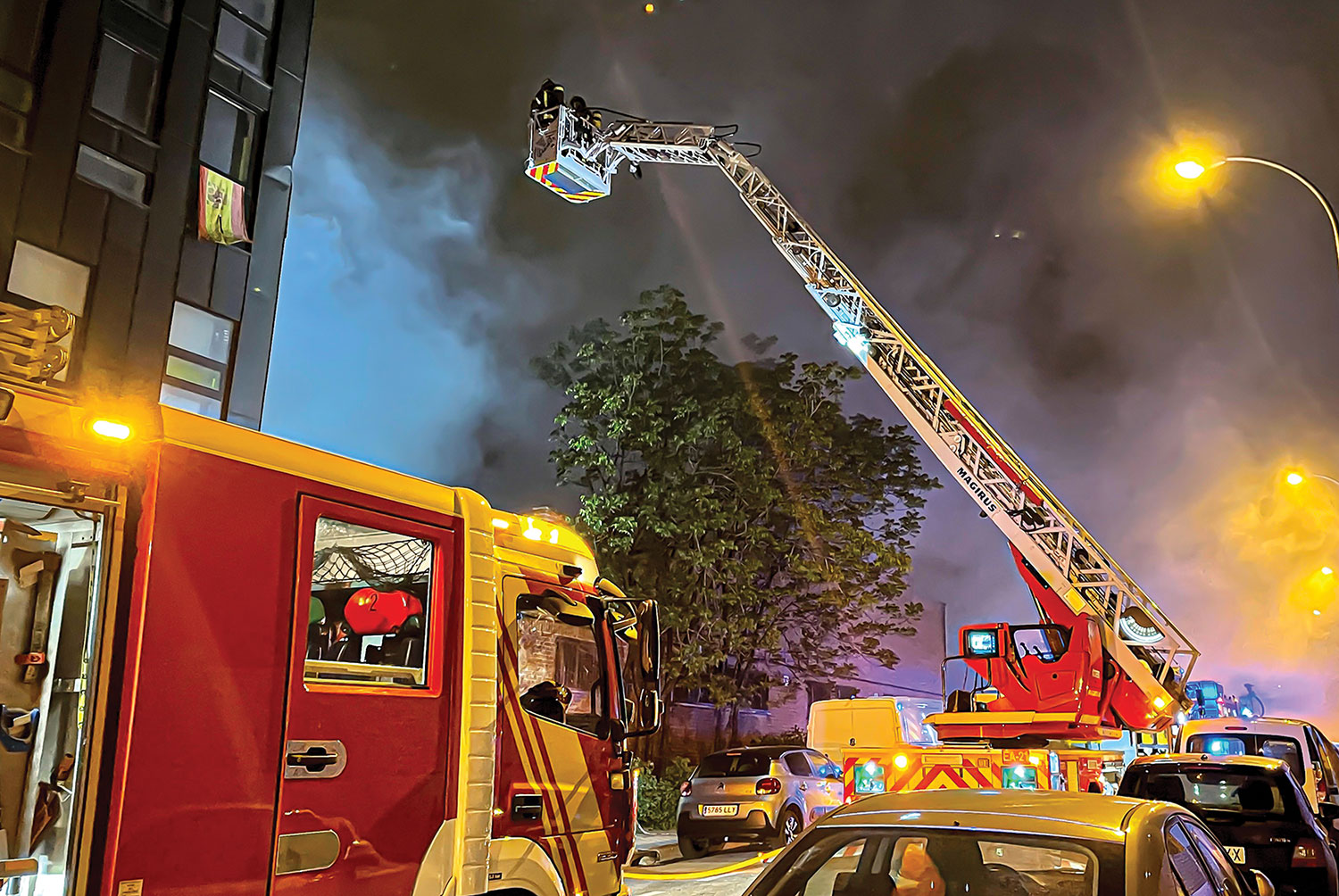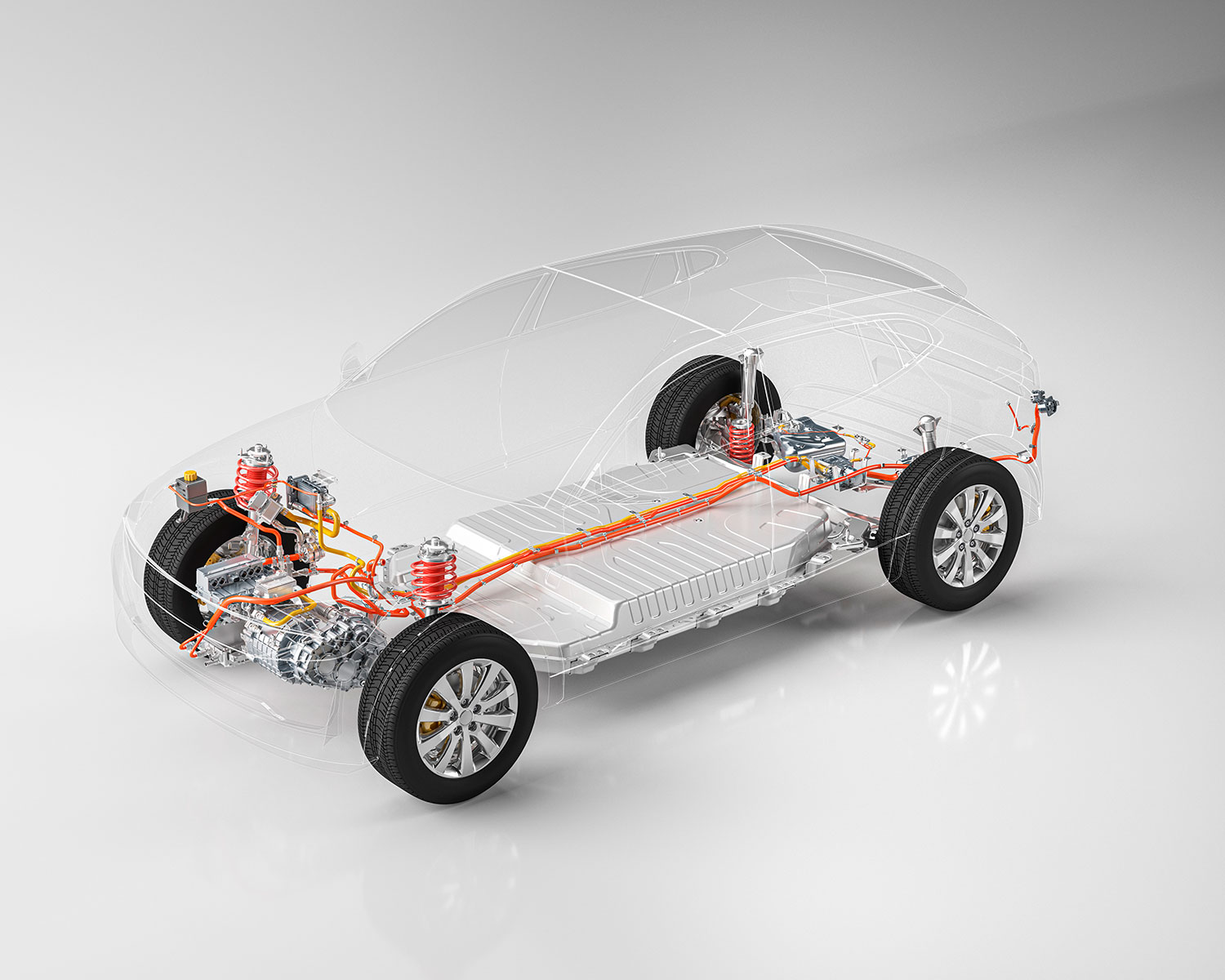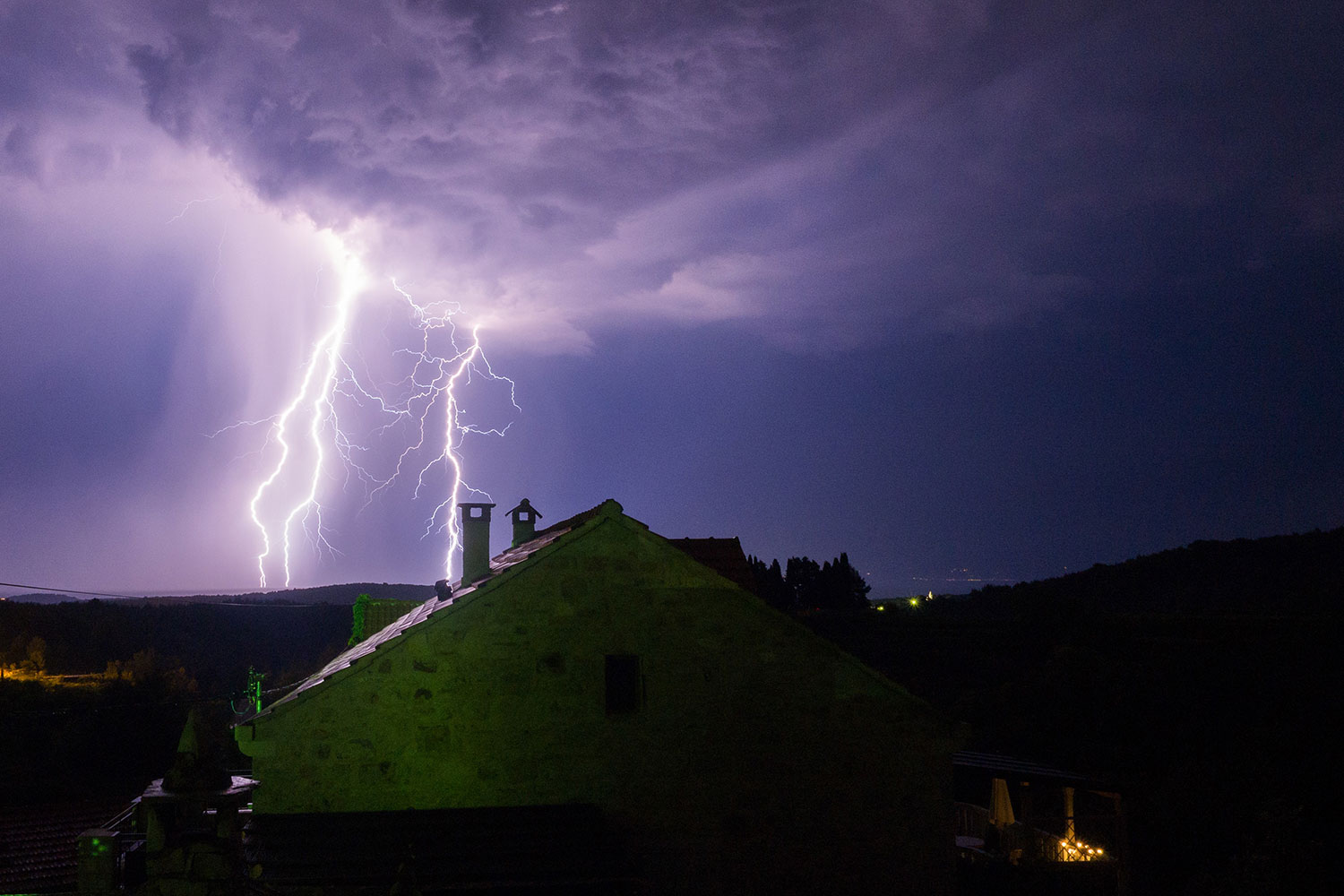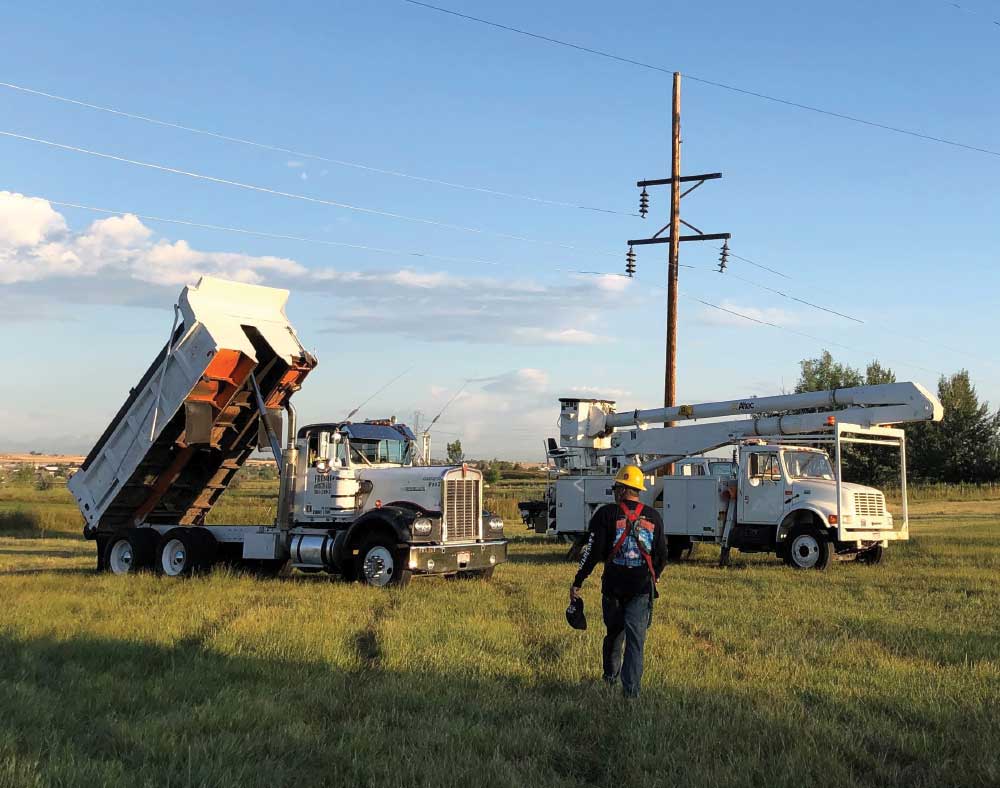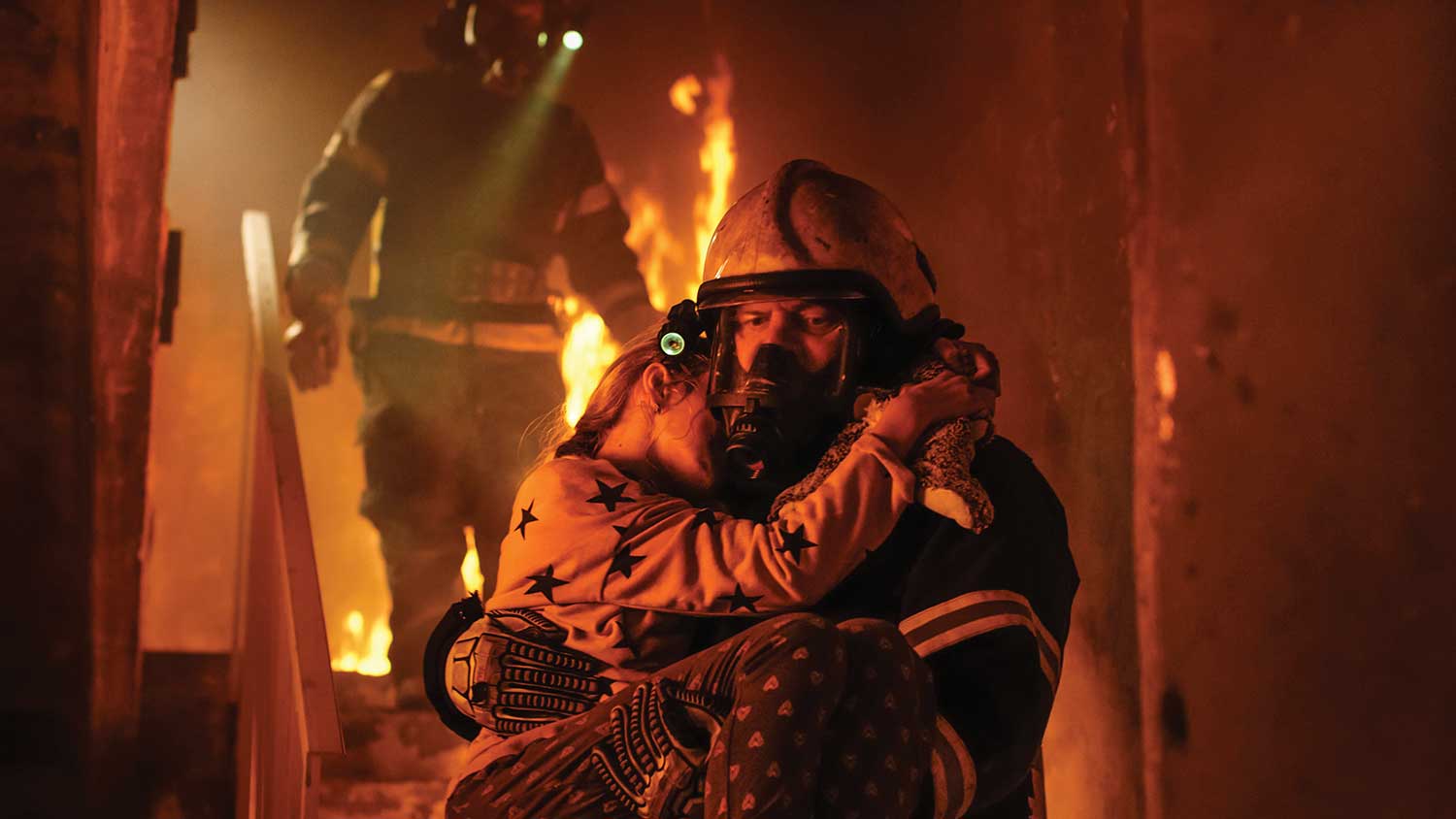Let’s look at an area of a commercial building that has many of the components that cause a dangerous and potentially deadly event just lying in wait – a commercial kitchen.
Some of the most intimidating work that an authority having jurisdiction (AHJ) can encounter involves hazardous (classified) locations and what classification those areas will carry.
The intent of the 2018 IRC Section R327.2 is that energy storage systems (ESS) be Listed (Certified) to UL 9540, the Standard for Safety of Energy Storage Systems and Equipment.
This is the second of a series of articles detailing significant changes for the 2021 Canadian Electrical Code Part I (CE Code).
Here's how NEC 2020 and the 2021 IBC to explain when emergency and standby systems are used to provide alternate power supply for commercial fire and life safety systems.
Electric vehicle batteries that are repurposed for use in new applications generally undertake a three-step process.
Some actions can make the residential, commercial, and even larger PV systems more resilient and robust under the impending threat of more frequent severe weather.
Renewed focus on safety can help make a difference in reducing electrically related deaths, injuries, and property losses. All workers must understand that every work environment presents different electrical hazards and learn how to prevent them.
Let's focus our attention on specific performance goals of initiating devices used for fire and life safety and why understanding and knowing the devices can improve your awareness when working with fire alarm systems.
Q. I have a question on a luminaire cut sheet that indicates the luminaire (LED disc light) conforms with UL 1598 and is allowed in clothes closets. How do I know if the luminaire is suitable to be installed in the clothes closet storage space?

